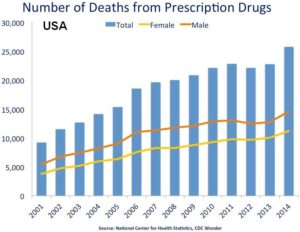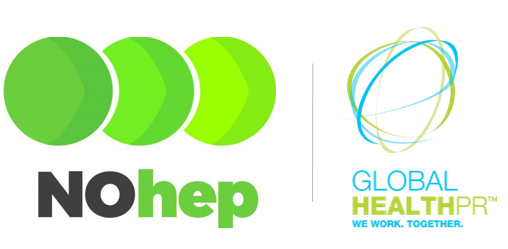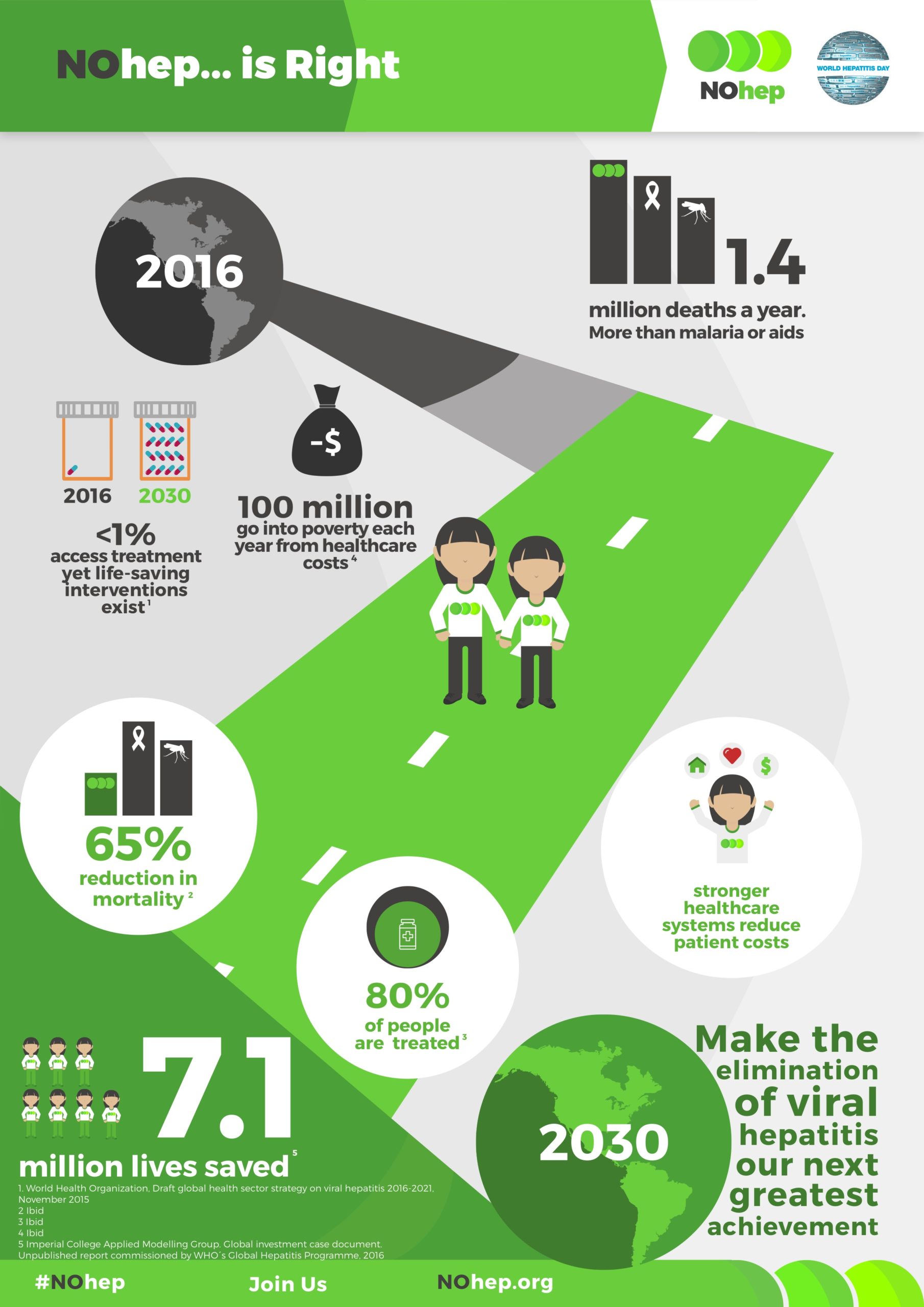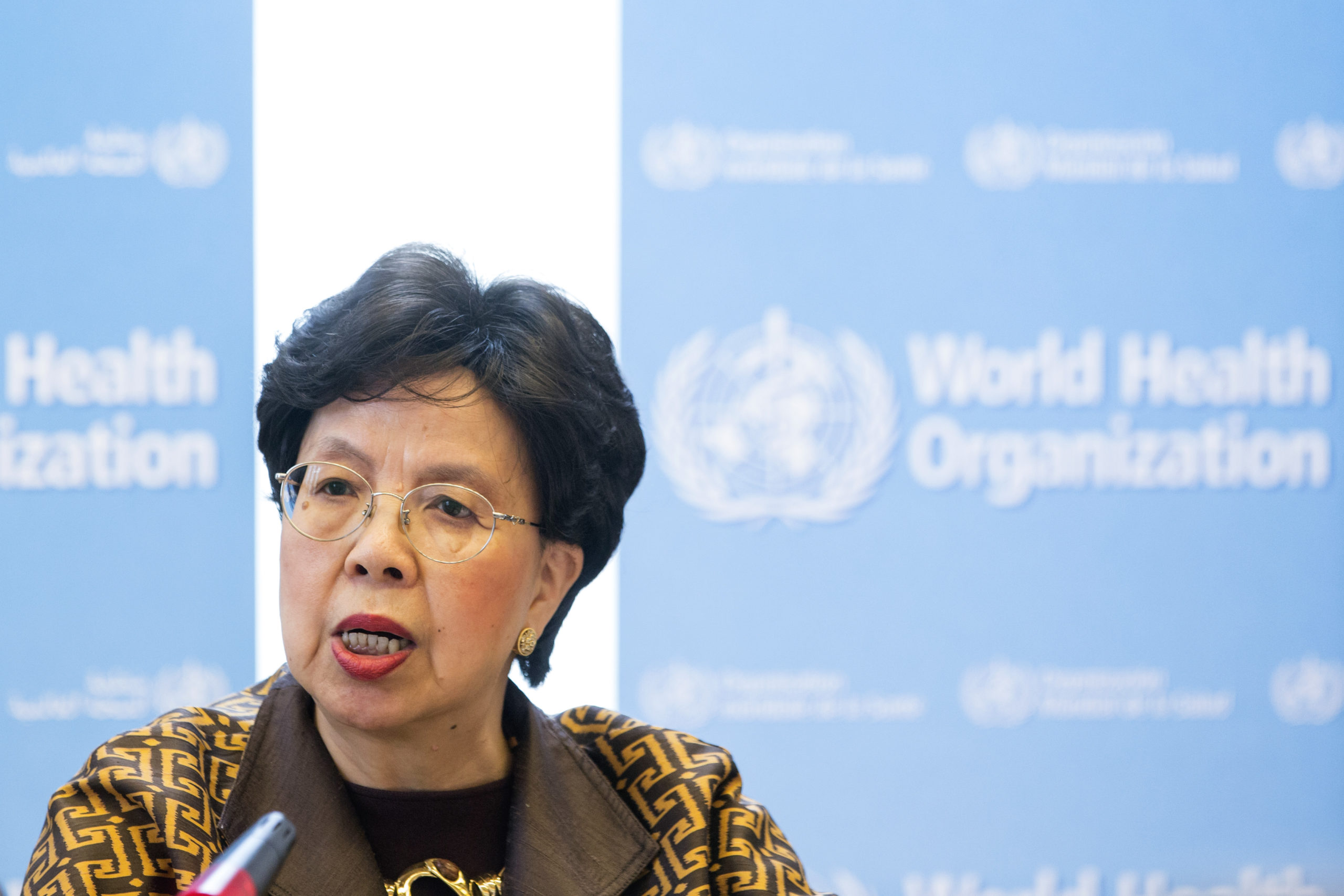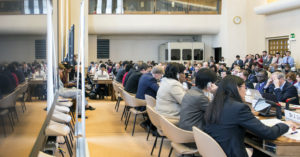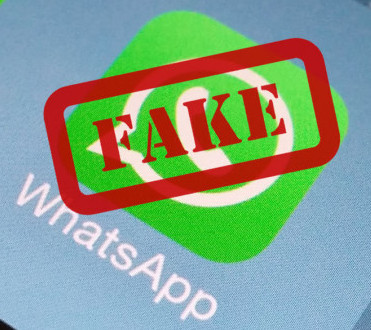Recent changes to medicinal marijuana laws and regulations globally have expanded opportunities for medical research and patient care.
changes to medicinal marijuana laws and regulations globally have expanded opportunities for medical research and patient care.
These actions are part of a broader global movement of governments and advocates to recognise the potential medicinal benefits of marijuana, which has long been considered solely a harmful recreational drug. These purported medical benefits include aiding in the treatment of epilepsy, PTSD, chronic pain and more.
Here we present three examples of GLOBALHealthPR member countries – Australia, Canada and the United States – that are tackling the legislative issues surrounding the use of medical marijuana.
Australia:
Last month, New South Wales (NSW) became the first state in Australia to approve legislation that legalises marijuana for medicinal purposes. The Poisons and Therapeutic Goods Act allows doctors to request approval from NSW Health to prescribe medical marijuana to patients who “exhausted standard treatment options.”
The announcement follows extensive trials of marijuana as a medicinal therapy. The Hon. Mike Baird MP hoped to make NSW a global leader in medicinal marijuana research and rallied for it to be accessible for those in need.
“People who are seriously ill should be able to access these medicines if they are the most appropriate next step in their treatment,” said Mr. Baird announcing the legalization of medicinal marijuana on July 31.
The NSW government is also establishing the Centre for Cannabis Research and Innovation, which has been granted $21 million over the next four years to conduct medicinal marijuana trials. Other Australian states, including Queensland, look to follow suit, with multiple trials studying the medicinal benefits of marijuana occurring in the Sunshine State for children living with drug-resistant epilepsy.
Look here to learn more about how medicinal marijuana will be used therapeutically in Australia.
Canada:
Canadian regulations of medicinal marijuana have been in a state of flux over the years. In 2014, the Marijuana for Medical Purposes Regulations (MMPR) established Canada’s first commercial industry of highly-regulated, licensed producers (LPs) of medicinal marijuana, replacing the previous Marijuana Medical Access Regulations (MMAR). To date, 35 LPs are authorised to produce dried marijuana for medical purposes.
In June 2015, the Supreme Court of Canada (R. v. Smith) decided that restricting legal access to only dried marijuana was unconstitutional. As a result, some of these producers are also authorised to produce and sell fresh cannabis and cannabis oil.
The Federal Court of Canada found that “requiring individuals to get their marijuana only from licensed producers violated liberty and security rights protected by section 7 of the Canadian Charter of Rights and Freedoms,” (Allard v. Canada). In response, the Access to Cannabis for Medical Purposes Regulations (ACMPR) replaced MMPR, allowing for limited personal cultivation of marijuana for medical purposes.
Alongside this developing industry, Canada’s current federal government has committed to exploring the legalisation of recreational cannabis. The Task Force on Marijuana Legalization and Regulation was launched in June 2016 and will rely on expert and public consultation to draft recommendations related to this new system. New legislation is anticipated in 2017.
United States:
As of this year, 25 states – as well as the District of Columbia, Guam and Puerto Rico– have legalised marijuana for medicinal use with a recent push in 17 other states to allow a low dosage prescription in limited medical situations.
Despite the progress being made on a state-by-state basis, medicinal marijuana is still in question on an federal level. Last month, the Drug Enforcement Administration (DEA) rejected petitions to remove medicinal marijuana from Schedule I, which rejects marijuana for medicinal use and prohibits doctor prescriptions.
“Marijuana has a legacy reputation. Views are evolving but in the meantime, patients, prescribers and researchers are caught between states that allow medical use of cannabis and the federal government, which maintains that all marijuana use is illegal,” said Al Jackson, EVP Spectrum.
However, the DEA has approved a policy to enact more registered marijuana manufacturers for research purposes. Until this recent change, the University of Mississippi was the only entity in the United States that had the federal license to grow marijuana for medical research.
What’s next?
Long considered a drug that was at best recreational and at worst incredibly harmful, marijuana is starting to see a shift in perceptions as studies are being undertaken to explore its clinical benefits; even big pharma is getting in on the act. One could make the argument that the science is influencing legislation, as studies provide evidence of clinical benefit, more and more governmental bodies are willing to reduce restrictions on the medical use of cannabis. Could this feedback cycle of promising science provide the impetus for medical legalisation in even more countries? Its likely too early to tell, but as seen above, momentum is certainly shifting in favor of fewer restrictions.
What do you think the future of medical marijuana looks like? Sound off in the comments below.
This blog was a collaborative effort by GLOBALHealthPR Australia partner VIVA! Communications, Canada partner energiPR, and U.S. partner Spectrum.

